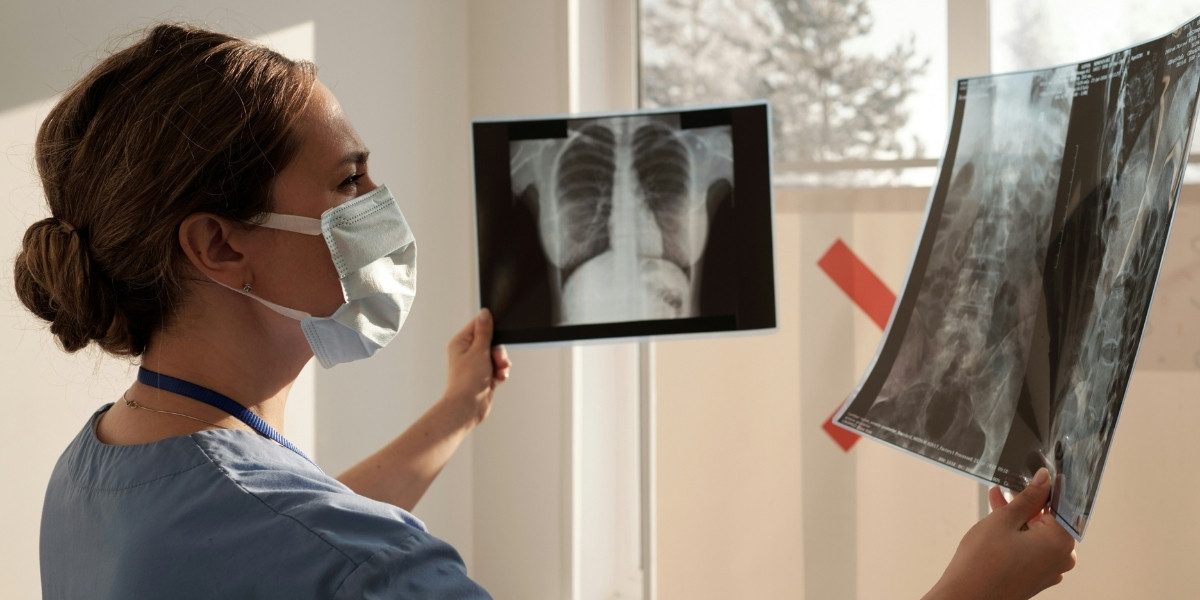What Are Digital X-rays and How Are They Different?
Digital X-rays use electronic sensors instead of traditional film to capture internal images of the body. The process is faster, cleaner, and more efficient than the older method. With digital technology, there’s no need to wait for film to develop or to handle hazardous chemicals.
Results appear almost instantly on a computer screen, allowing healthcare professionals to act more quickly. This real-time access to images is one of the key improvements over traditional X-rays.
Read Also: Advances in Heart Disease Detection: What You Need to Know
Why Do Digital X-rays Deliver Better Image Quality?
The image clarity of digital X-rays makes it easier to detect small fractures, infections, or abnormalities. Brightness, contrast, and sharpness can be adjusted without retaking the image. Radiologists can zoom in to examine fine details more effectively than with film-based images.
This ability to fine-tune images leads to more accurate diagnoses and fewer repeat scans. The flexibility of digital technology helps both doctors and patients get better outcomes.
How Do Digital X-rays Improve Efficiency in Healthcare?
Digital files are easier to manage and share. Medical teams can send X-rays to specialists or store them securely in digital records with a few clicks. There’s no physical storage needed, and no risk of lost films.
Patients benefit from shorter appointment times and quicker diagnoses. Clinics and hospitals can operate more smoothly, saving time for staff and reducing waiting times for patients.
What Makes Digital X-rays Safer for Patients?
Digital X-rays require less radiation than traditional ones. The sensors used are more sensitive, so they capture clear images using lower doses. This makes the procedure safer, especially for patients who need repeated scans.
Children, pregnant women, and people with ongoing medical conditions can undergo diagnostic imaging with greater peace of mind. Safety is a major reason many healthcare providers have moved away from film-based systems.
How Are Digital X-rays Environmentally Friendly?
Traditional X-ray machines rely on film, developer chemicals, and physical storage—all of which contribute to environmental waste. Digital X-rays remove those elements entirely.
Without film or chemical waste, medical facilities reduce their environmental footprint. This shift also supports better workplace safety for technicians and reduces the need for disposal of hazardous materials.
How Do Digital X-rays Improve Patient Communication?
Being able to view images together on a screen helps doctors explain what’s happening inside the body. Patients can see exactly what the doctor sees, which builds understanding and trust.
Clear visuals support informed decision-making. When people understand their diagnosis, they are more likely to follow through with treatment plans. This transparency helps improve health outcomes and patient satisfaction.
Are Digital X-rays More Expensive?
The upfront cost of digital equipment is higher, but the long-term savings are significant. Clinics save on film, chemicals, storage space, and staff time. The ability to store and retrieve images electronically also cuts down on operational delays.
Over time, digital X-rays become more cost-effective. Many clinics and hospitals view them as a smart investment that benefits both patients and providers.
Read Also: How to Avoid Spring Injuries: Essential Safety Tips for the Season
What Does the Future Look Like for Digital X-rays?
Digital imaging technology continues to evolve. Image quality keeps improving while radiation doses continue to drop. New tools are being developed that use artificial intelligence to assist in reading X-rays faster and more accurately.
Digital X-rays are also being integrated into mobile health units and remote care platforms. As access improves, more people around the world will benefit from fast and accurate diagnostics.
This technology is no longer a trend—it’s becoming the global standard.







